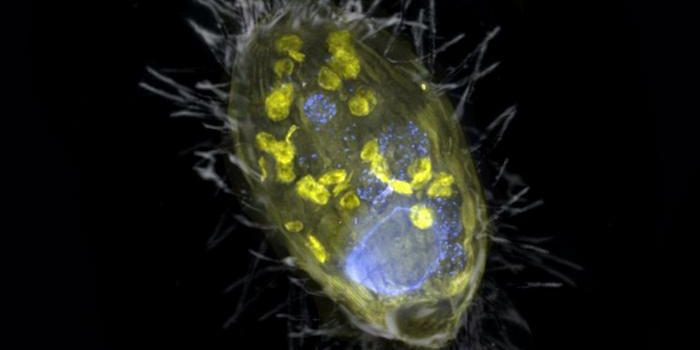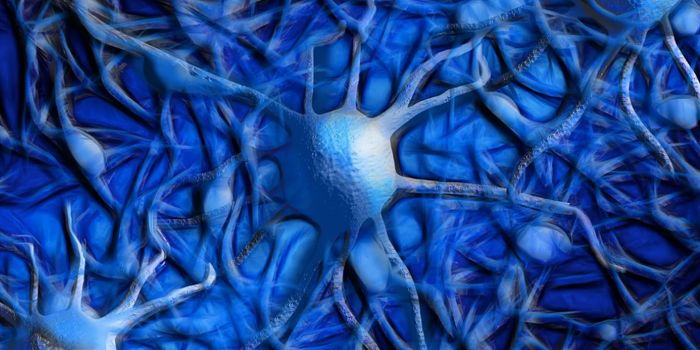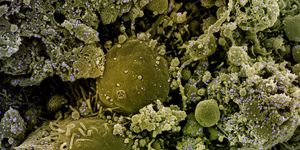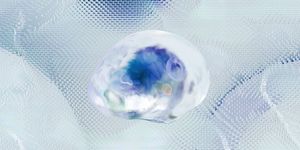The Single Gene Knockout that Causes Autism in Mice
There are over 70 genes that have been associated with autism spectrum disorder, but some of them are only the cause of ASD in a handful of patients. While each those genes can provide some insight into how ASD may work, not every one will point to a way to treat the developmental disorder in most patients. ASD also causes a range of symptoms in different individuals, and this spectrum of characteristics may be caused by different things in one patient on another. However, there could be some common threads that run through all cases.
A gene called astrotacton 2 (ASTN2) is one ASD-associated gene that was identified several years ago. Mutations in this gene can impair neurocircuits in the cerebellum of some ASD patients.
New research reported in the Proceedings of the National Academy of Sciences (PNAS) has shown that in a mouse model, deleting ASTN2 expression can cause autism symptoms in mice; these mice are not like their littermates: they are less social, they were not as vocal, and their behaviors were more repetitive and hyperactive.
"All of these traits have parallels in people with ASD," said first study author Michalina Hanzel, PhD, a postdoctoral research at The Rockefeller University. "Alongside these behaviors, we also found structural and physiological changes in the cerebellum."
"It's a big finding in the field of neuroscience," noted corresponding study author Mary E. Hatten, a Professor at The Rockefeller University.
This research has added to evidence that the cerebellum, a region of the brain that is crucial for movement, also pays important roles in cognition, language, and social behavior.
When ASTN2 expression was eliminated from mice, they spent more time engaging in repetitive behaviors, and traveled lengthier distances in their environment compared to unmodified mice. The mice lacking ASTN2 spent 40 percent more time circling around compared to littermates that expressed ASTN2 normally. These repetitive, hyperactive behaviors are meant to model behaviors in ASD patients that have similar characteristics.
The researchers also determined that the mice lacking ASTN2 exhibited changes in the cerebellum. These small structural changes could be having a significant impact. For example, certain cerebellar neurons called Purkinje cells had an increased density of dendritic spines, where some synapses that send neural signals are located. This alteration was notable in an area called the posterior vermis region, which is thought to be where repetitive, unchanging behaviors are controlled. There also were not as many filopodia, which are immature dendritic spines, as well as reductions in Bergmann glial fibers, which are related to cell migration.
More research will be needed to see how these findings translate to humans with ASD, and how many ASD patients these mechanisms may relate to.
Sources: Rockefeller University, Proceedings of the National Acedemy of Sciences (PNAS)









